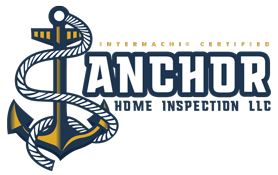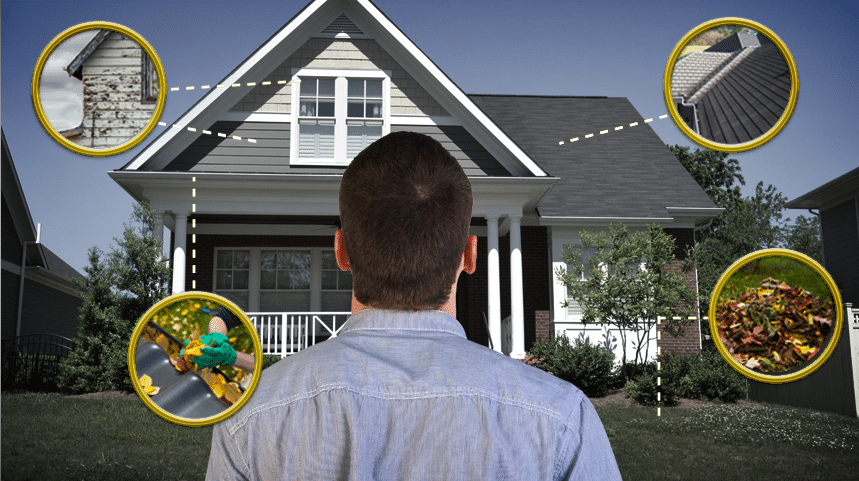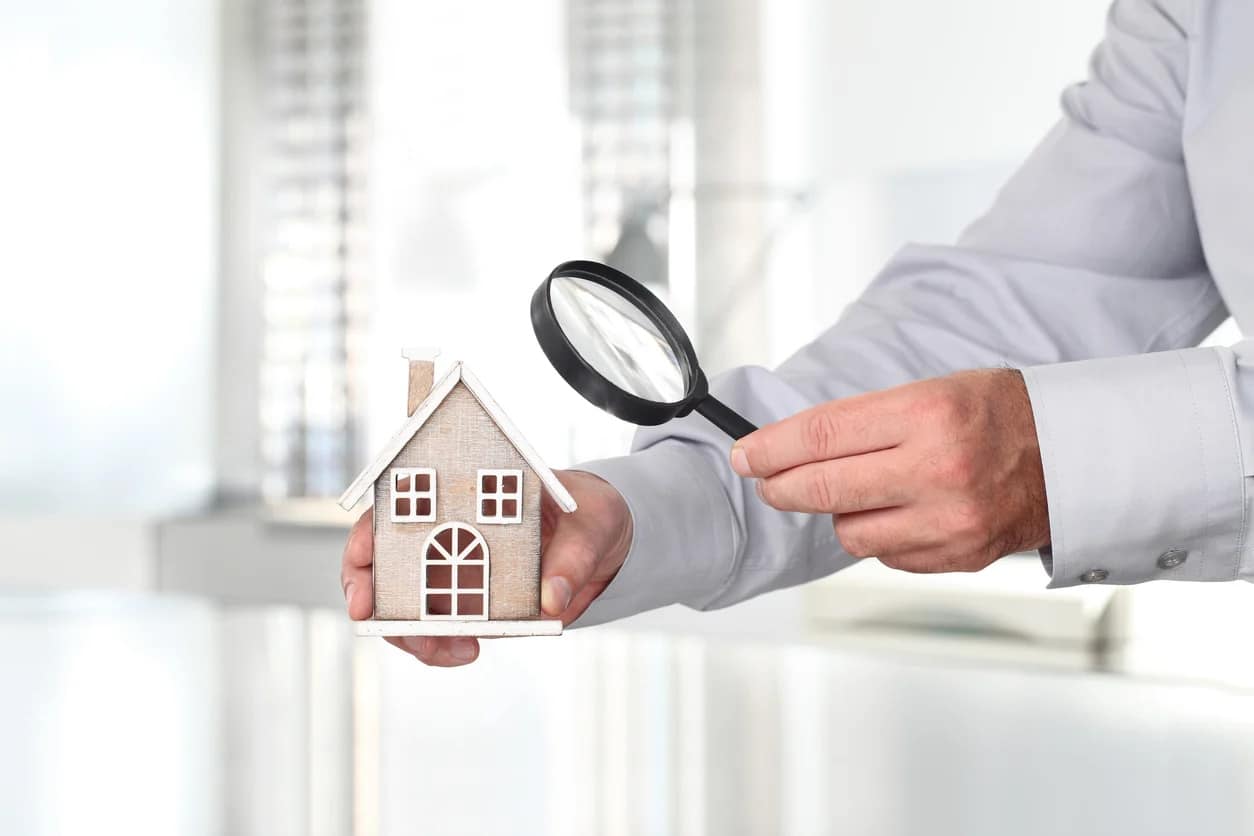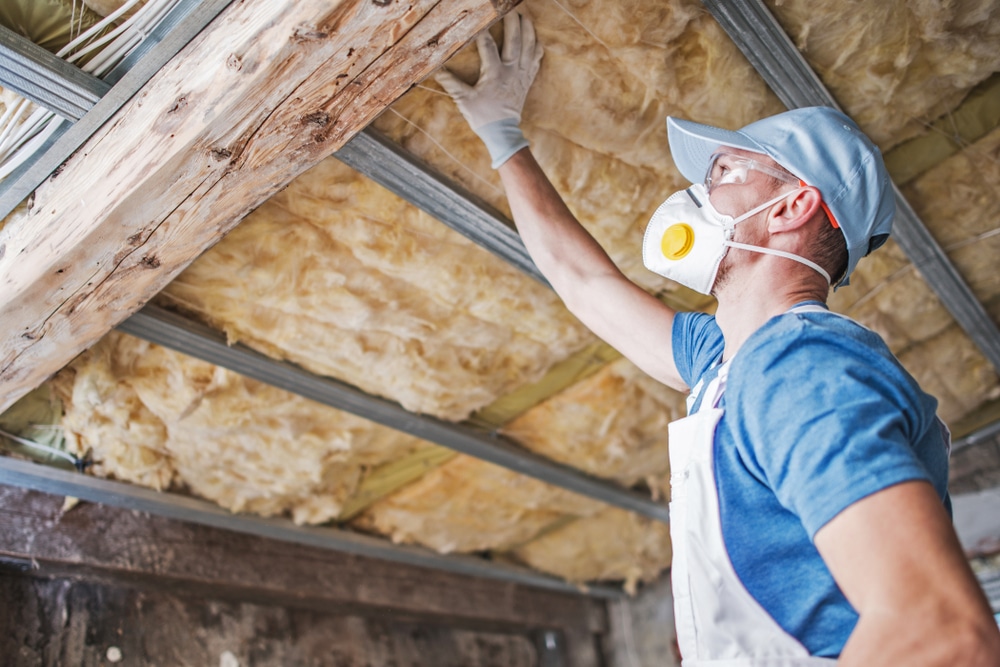Any home can have radon gas accumulate to unsafe levels that may have deadly results. Radon is a known carcinogen. It is clear and odorless gas that when living with elevated levels can increase your risk of developing lung cancer. In order to detect it you need to have a radon test performed.Becoming aware that you have radon in your home can be scary but fortunately, professionals can remove this gas and create a healthy space for your family thru a process known as radon mitigation.
Why You Need to Know if High Radon Levels are in Your Home
Radon is produced underground as a result of uranium breaking down in the soil. High radon levels can be found in any home. Radon enters the home through tiny openings in your home’s exterior. No home is immune, even if your house is brand new it can have high levels of radon. Learning about the presence of high radon levels is the first step toward radon mitigation.
1. Confirm Your Suspicions
While DIY radon testing kits ado not always give accurate results. Scheduling a professional home inspector to test to determine if radon is in your home is the best idea. Through a professional test, you can determine how much radon is present and you can request information about mitigation consultants in your area if you have high radon levels.
2. Educate Yourself
Now that you have learned about high radon levels in your home, avoid panicking. Instead, learn more about it. This includes how it is entering your home, its dangers, and what you can do to get rid of it. One of the most important things to know about radon initially is that improper mitigation techniques may actually worsen the problem by drawing more gas into your home. While you may find radon mitigation products for a do-it-yourself approach, it’s best to use the professional services of a mitigation expert.
3. Hire a Mitigation Professional
Hire a radon mitigation professional to remove this gas from your home and to reduce the chances that it will enter your home again. As you search for a radon mitigation company, look for one that is certified.
4. Install a Radon Reduction System
A typical and very common way to deal with high levels of radon in your home is to install a radon reduction system. Identify and seal all cracks and gaps throughout your home’s exterior before having this system installed. After you have taken these measures have a home inspector certified in radon testing check you home annually for radon levels.
Anchor Home Inspections is a quality Home Inspector to Connecticut. Contact us to schedule a home inspection or any of our other home inspection services.
Home Inspector CT
Home Inspection CT
Home Inspection Services CT
Home Inspection Company CT
Home Inspectors Near Me
Home Inspection Near Me
Best Home Inspectors Near Me
Home Inspection Services Near Me
Home Inspection Company Near Me
Home Inspections CT
Radon Testing CT









